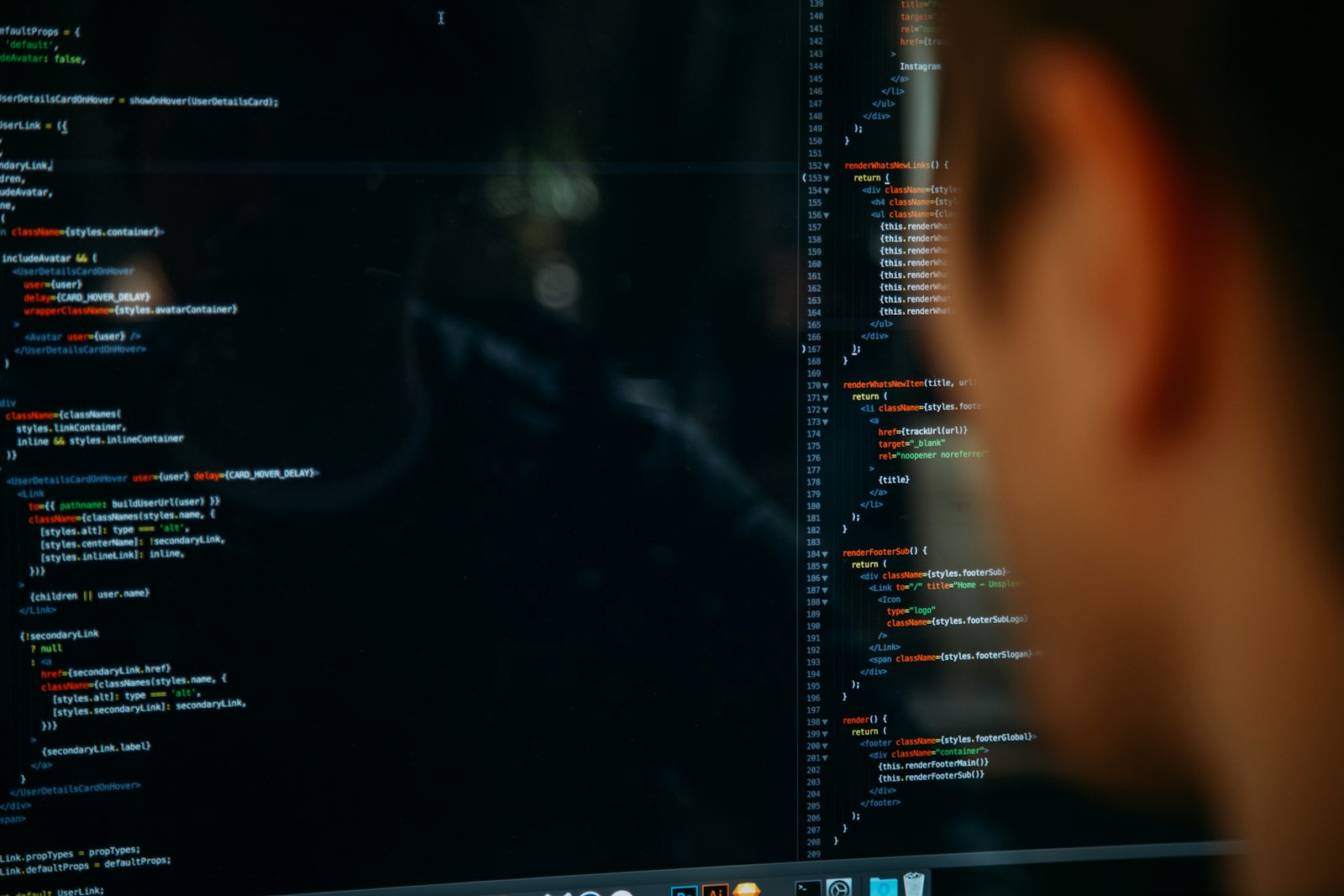
In a strategic shift, Russian state-sponsored hackers have begun exploiting the infrastructure of other cybercriminal groups to infiltrate devices connected via Starlink satellite internet, primarily used by Ukrainian military personnel. This tactic represents a significant evolution in cyber warfare, highlighting the complex interplay between nation-state actors and criminal organizations.
Key Points at a Glance:
- Collaborative Cyber Attacks: Russian hackers are leveraging existing cybercriminal infrastructure to target Ukrainian military devices.
- Focus on Starlink-Connected Systems: Devices utilizing Starlink satellite internet are primary targets, indicating a strategic emphasis on disrupting Ukrainian communications.
- Deployment of Custom Malware: The attacks involve sophisticated malware capable of reconnaissance and data exfiltration.
- Challenges in Attribution: Utilizing third-party infrastructure complicates the process of tracing attacks back to Russian state actors.
- Escalation in Cyber Warfare Tactics: This approach signifies an escalation in the cyber dimensions of the Russia-Ukraine conflict.
Exploiting Third-Party Infrastructure for Cyber Attacks
Recent reports reveal that Russian hacking group Turla, also known as Secret Blizzard, has been repurposing the infrastructure of other cybercriminal entities to conduct espionage against Ukrainian military targets. By hijacking servers and malware from groups like Storm-1919 and Storm-1837, Secret Blizzard effectively obscures its involvement, making attribution more challenging for cybersecurity defenders.
This method allows Russian hackers to deploy their malicious tools through pre-existing channels, reducing the likelihood of detection and complicating efforts to trace the attacks back to their origin. Such tactics represent a concerning development in cyber warfare, where state actors leverage the resources of independent cybercriminals to achieve strategic objectives.
Targeting Starlink-Connected Devices
A primary focus of these cyber attacks has been devices connected via Starlink satellite internet, a service extensively used by Ukrainian military forces for frontline communications. The attackers deploy malware such as Amadey, a botnet typically associated with cryptojacking campaigns, to gain initial access. Subsequently, they install custom reconnaissance tools like Tavdig to gather sensitive information from compromised devices.
The selection of Starlink-connected systems underscores a deliberate strategy to disrupt and monitor Ukrainian military communications, aiming to gain tactical advantages on the battlefield. By compromising these devices, Russian hackers can collect critical data, including user information, network configurations, and operational details.
Implications for Cybersecurity and Warfare
The appropriation of third-party cybercriminal infrastructure by state-sponsored actors like Secret Blizzard presents significant challenges for cybersecurity professionals. It blurs the lines between criminal and state-sponsored activities, complicating attribution and response efforts.
This development also signifies an escalation in the cyber dimensions of the Russia-Ukraine conflict, highlighting the increasing sophistication and adaptability of cyber warfare tactics. The international community must remain vigilant and enhance collaborative efforts to detect and counter such multifaceted cyber threats.
As the conflict continues, the integration of cyber operations into traditional military strategies is likely to intensify, necessitating a comprehensive approach to cybersecurity that addresses the evolving tactics of state-sponsored actors.